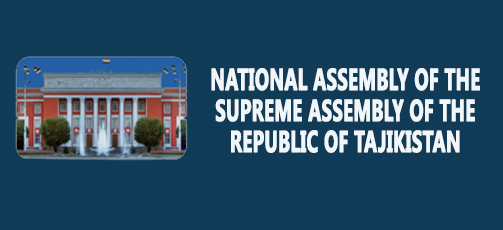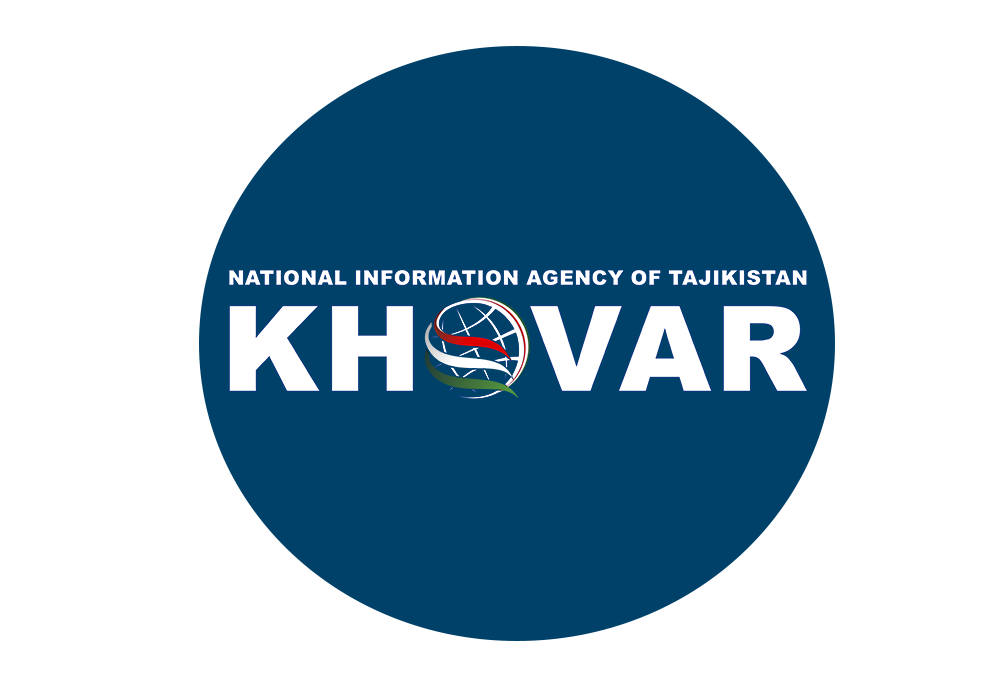Russian Archaeologists Discover 2.5 Million Year Old Bones in an Ancient Fortress Near Baljuvon
Read also

DUSHANBE, 10.12.2021 (NIAT Khovar) – A group of Russian archaeologists discovered animal bones from the early Pleistocene period in the archaeological sites in the basin of the Kyzylsu river in the south of Tajikistan near Baljuvon ditrict, reports the press service of the Russian Ural Federal University.
They explored the Lohuti and Kuruksoy tracts, where they unearthed the remains of the ancient hyena Pliocrocuta, Stenon horse, Shotenzak bison, several species of ancient deer and rhinoceroses. The finds are chronologically similar to the deposits of the Taurida Cave and they are 2.2-2.5 million years old.
The expedition was attended by specialists from the Institute of Plant and Animal Ecology of the Ural Branch of the Russian Academy of Sciences, the Laboratory of Natural Science Methods in Humanitarian Research of the Ural Federal University, and the Ahmadi Donish Institute of History, Archeology and Ethnography of the National Academy of Sciences of Tajikistan.
According to paleontologist Dmitry Gimranov, the Lohuti and Kuruksoy tracts were studied from 1960 until 1980 when the research was stopped.

Scientists feared that geological dynamics, mudflows and water could erode the sediments. To the delight of specialists, the layer seemed open and accessible to study.
Most of the finds were transferred to the Museum of History and Local Lore of the Baljuvon district, which was opened earlier this September by President Emomali Rahmon.
Scientists will be engaged in the restoration, research and analysis of samples as early as next season.
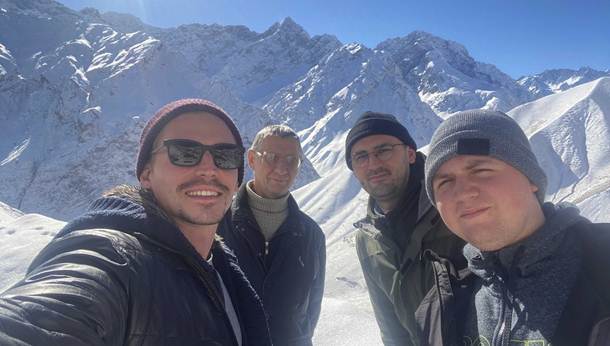
The study of the area will continue. Only ungulate teeth were taken to Russia’s Yekaterinburg.
Scientists also discovered a burial ground of the Late Bronze Age in Farkhor, settlements of the Early Bronze Age in Sarazm, the fortress of the Hellenistic time Zoli-Zard and the medieval settlement of Mustafoteppa located 1 km southeast of the ancient settlement of Sarazm.
“All bone remains belong to pets. The exception is the complete skeletons of a rat and a turtle, which entered the cultural layer, probably without human participation,” explains Anton Kochnev, researcher at the Laboratory of Natural Science Methods in Humanitarian Research of the Russian Ural Federal University.
“The data obtained will help us reconstruct the animal husbandry of the ancient population of eastern regions of Central Asia,” he added.









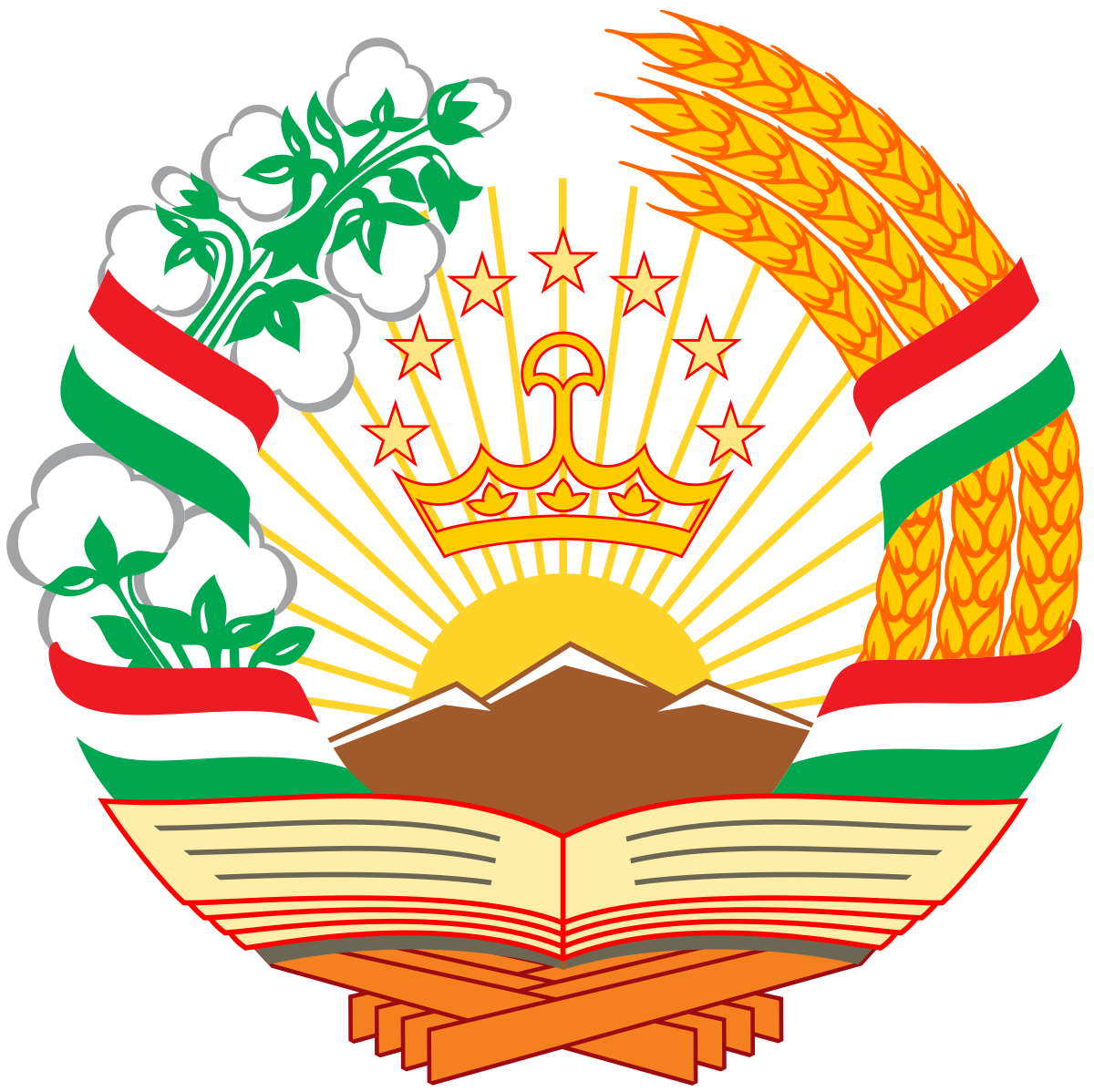

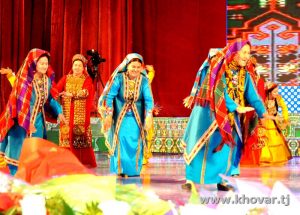 Days of Culture of Turkmenistan Will Begin in Tajikistan Tomorrow
Days of Culture of Turkmenistan Will Begin in Tajikistan Tomorrow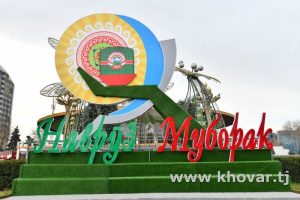 Head of State Compares the Importance and Role of the Tajik Language and Navruz
Head of State Compares the Importance and Role of the Tajik Language and Navruz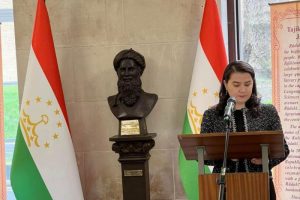 Bust of Abuabdullo Rudaki Unveiled in London
Bust of Abuabdullo Rudaki Unveiled in London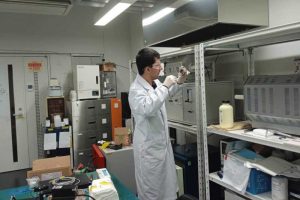 Tajik Physicists Undergo Training in Japan
Tajik Physicists Undergo Training in Japan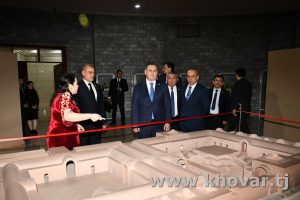 Deputy Prime Minister — Minister of Foreign Affairs of Kazakhstan Gets Acquainted with the Ancient History and Culture of the Tajik People
Deputy Prime Minister — Minister of Foreign Affairs of Kazakhstan Gets Acquainted with the Ancient History and Culture of the Tajik People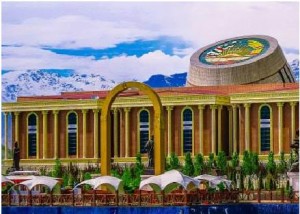 National Museum of Tajikistan and the Qatar Museums Strengthen Cooperation
National Museum of Tajikistan and the Qatar Museums Strengthen Cooperation Tajikistan and Iran Strengthen Cultural Cooperation
Tajikistan and Iran Strengthen Cultural Cooperation «Zol and Rudoba» Play Will Take Part in the 42nd Fajr International Film Festival in Iran
«Zol and Rudoba» Play Will Take Part in the 42nd Fajr International Film Festival in Iran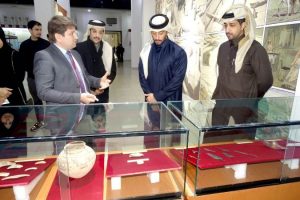 Representatives of the Ministry of Culture of the State of Qatar visited the National Museum of Tajikistan
Representatives of the Ministry of Culture of the State of Qatar visited the National Museum of Tajikistan Qatar Culture Week Is Planned To Be Held in Tajikistan in 2024
Qatar Culture Week Is Planned To Be Held in Tajikistan in 2024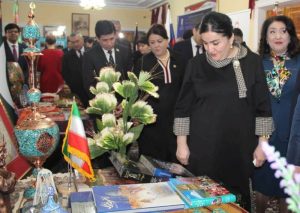 Dushanbe Hosts East-West International Festival on Eurasian Folk Crafts
Dushanbe Hosts East-West International Festival on Eurasian Folk Crafts Tajikistan`s Nomination «Traditions of Atlas and Adras Weaving» Inscribed on the UNESCO Representative List of Intangible Cultural Heritage of Humanity
Tajikistan`s Nomination «Traditions of Atlas and Adras Weaving» Inscribed on the UNESCO Representative List of Intangible Cultural Heritage of Humanity









